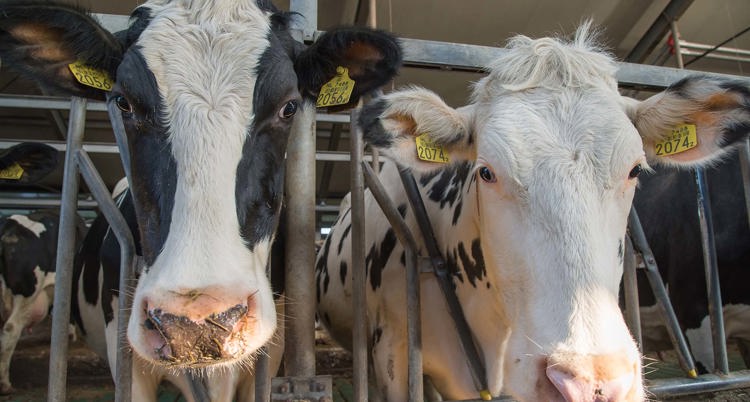Value bypass fats
Bypass fats can be very valuable raw materials in ruminant nutrition, especially for high producing dairy cows. There are multiple possible applications. They are used to increase total energy intake in early lactation and thereby reducing the negative energy balance. Also, some bypass fats can increase the amount of fat in milk and the total production of milk fat per day. Thirdly, products high in (poly)unsaturated fatty acids can be used to increase fertility or modulate the immune response.

Many products, which one to choose
There are many suppliers and products on the market with many different claims. It is not easy to determine which product to choose based on the supplied product specification and the goals you want to achieve. In this first article we will share information about recent work we have conducted on bypass fats leading to a better and independent Net Energy value.
Net energy value is highly variable
Net energy of bypass fats depends on the fat level, type and its digestibility. Therefore a model was developed to calculate the digestibility of the different bypass fat sources, based on the fatty acid profile and type of fat. Three types of fat were distinguished : Triglycerides (TAG); Calcium soaps (Ca-soap) and Free Fatty Acids (FFA). Within these types of fat, sub-types were created based on fatty acid profile (C16:0; C18:0 or C18:1 and poly unsaturated fatty acids (PUFA)). In total 7 classes were defined, see table 1.

For each of those classes, digestibility of this type of bypass fat was estimated with an own-built model based on a large database of 62 in vivo scientific publications. The prediction of the digestibility by the model was reliable (R2 = 0.72). In general, the fat digestibility was highest in Ca-soaps, followed by FFA blends with high C16:0 levels and thereafter products based on triglycerides
Lower energy values as provided
Based on these figures, energy values were calculated. On average the resulting energy values are 60% lower than values provided by producers. See table 2 for energy values of the 3 main different classes. To assess if these energy values resulted in a better prediction of the production responses of the cows, a second large database of in vivo trials was created to cross validate the results. By using meta-analysis methodologies the results were validated. The observed milk yield aligned very well with the calculated milk yield based on the new NEl value of each bypass fat (assuming 500 gram fed, replacing 6,55MJ in the basal ration). For example the calculated effect of FFA blends high in C16:0 was 1.8kg milk and the observed effect from the meta-analysis was 1.7kg/day.
Implications
There are many suppliers in the market with different bypass fat products. Often suppliers over-estimate the fat digestibility, leading to too high energy values of their products. By using models and meta-analysis methodologies, we re-assessed the energy values of different types of bypass fat products. The resulting lower NEl values led to a better prediction of the milk yield response in dairy cows. This allows you to do a better evaluation of the nutritional value of different fat sources. In the next Koudijs Newsletter more detailed information about the economic validation of bypass fats will be presented.




